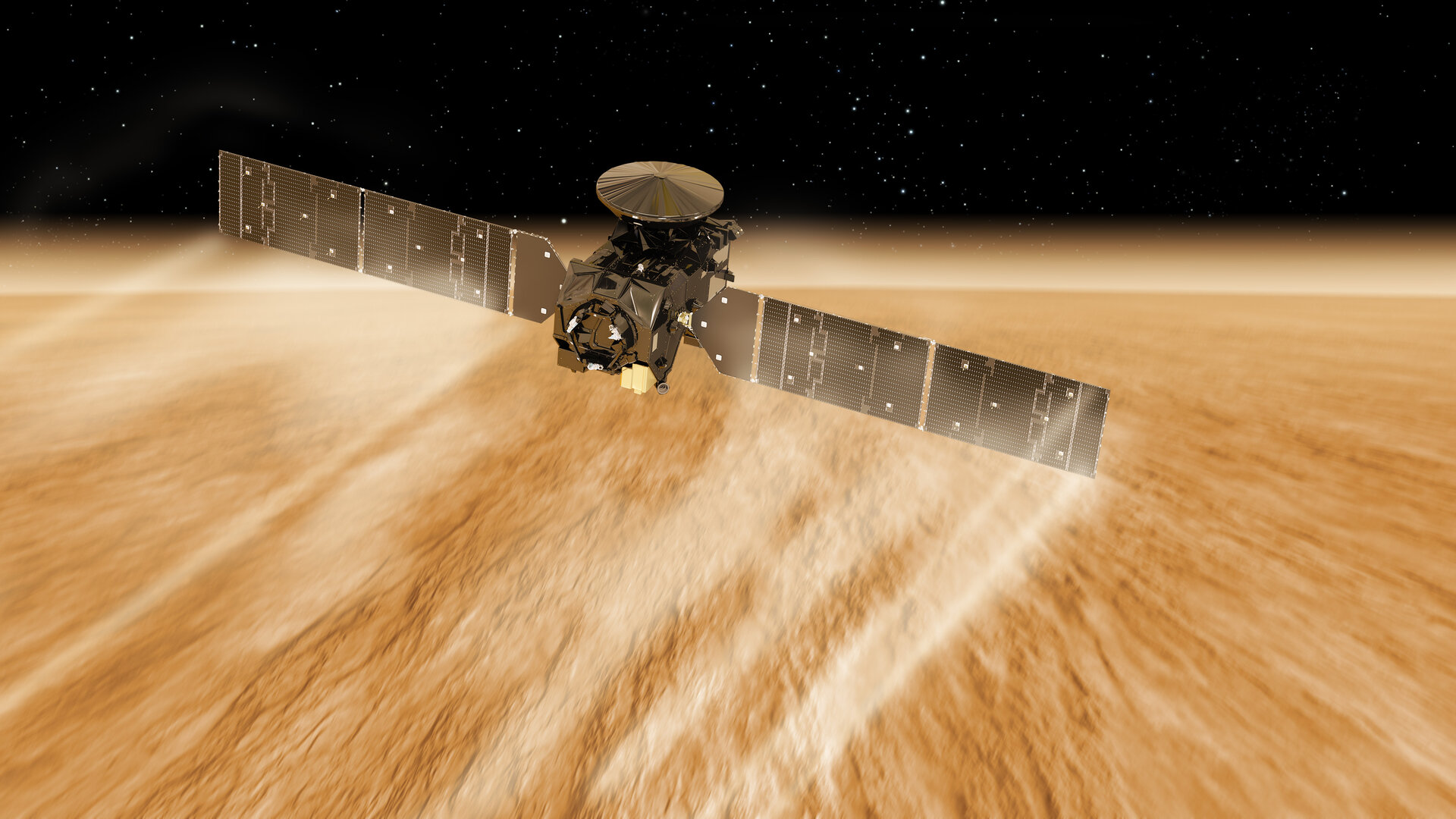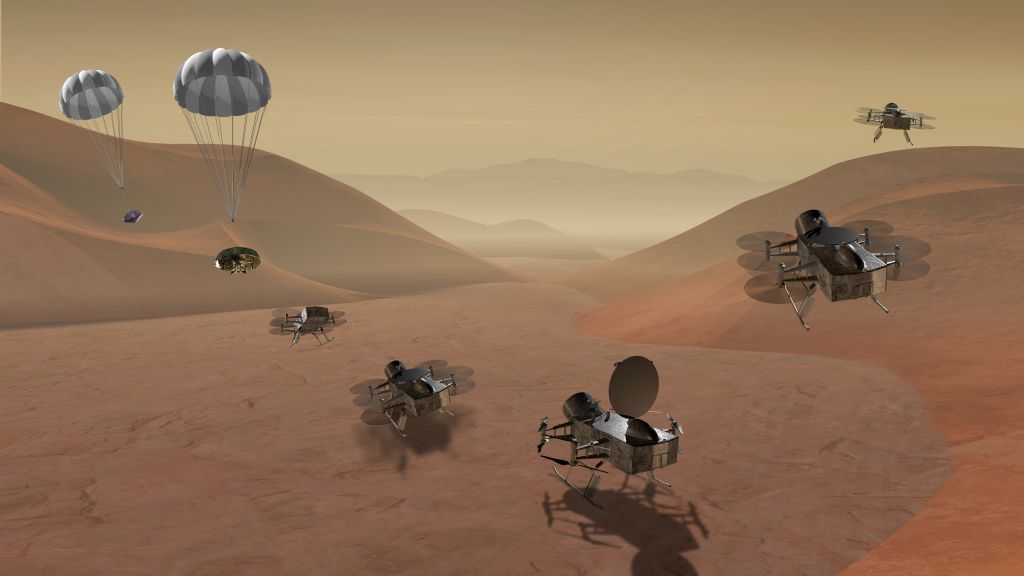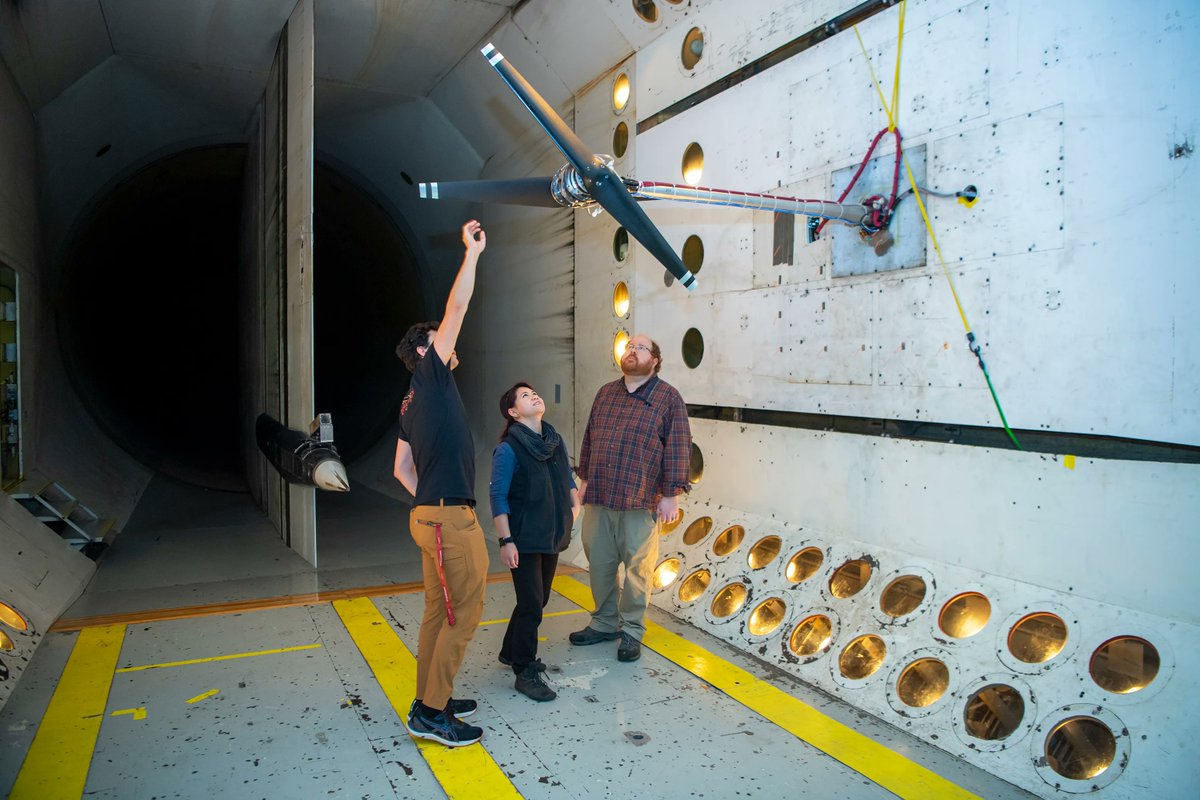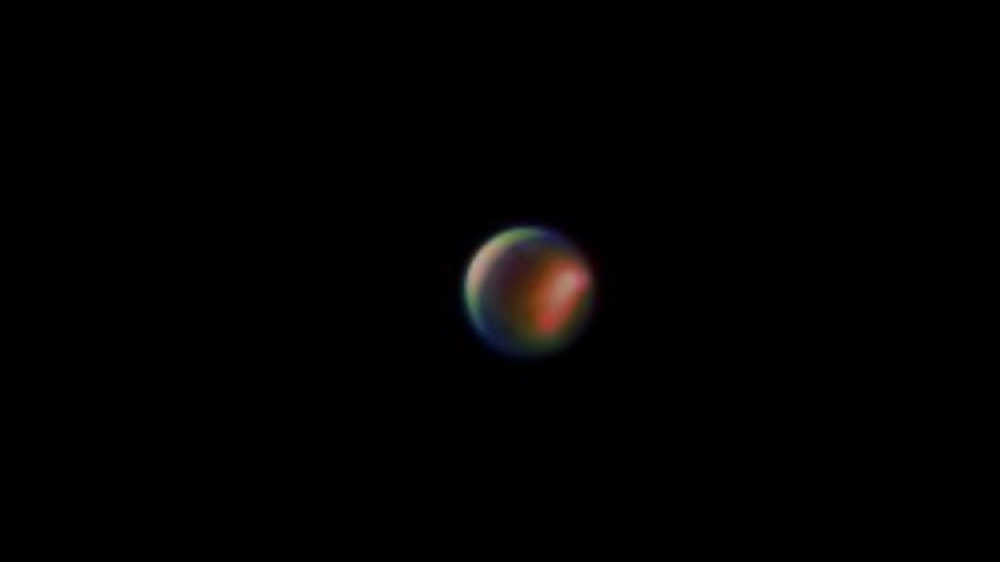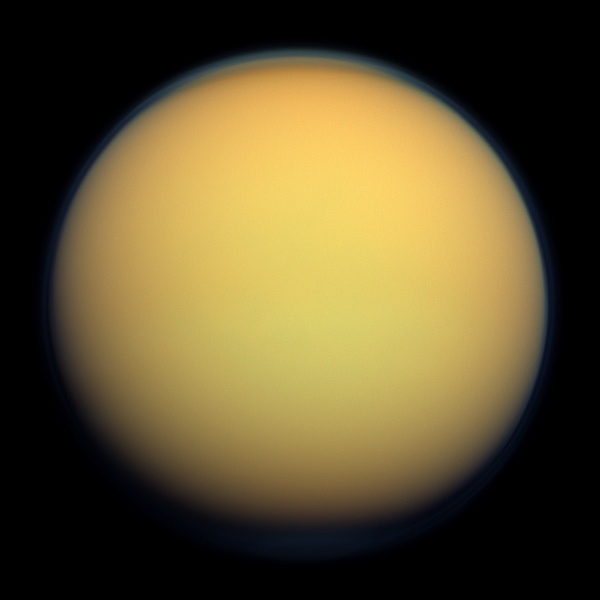This article was updated on 11/28/23
When spacecraft return to Earth, they don’t need to shed all their velocity by firing retro-rockets. Instead, they use the atmosphere as a brake to slow down for a soft landing. Every planet in the Solar System except Mercury has enough of an atmosphere to allow aerocapture maneuvers, and could allow high-speed exploration missions. A new paper looks at the different worlds and how a spacecraft must fly to take advantage of this “free lunch” to slow down at the destination.
Continue reading “Aerocapture is a Free Lunch in Space Exploration”
